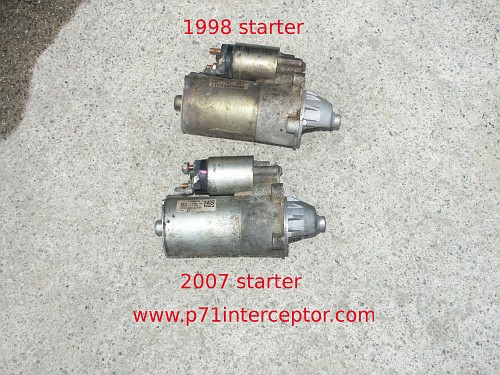
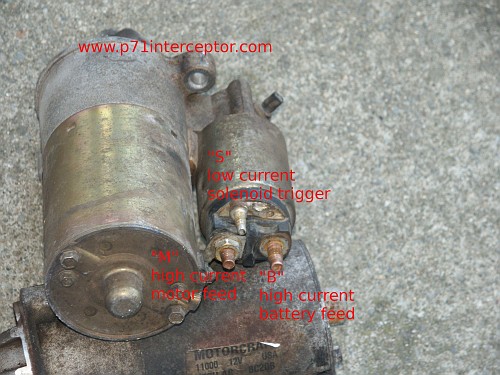

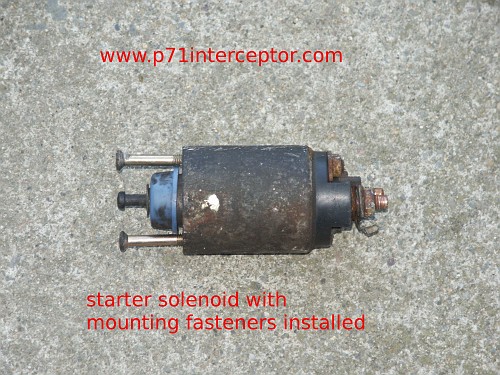
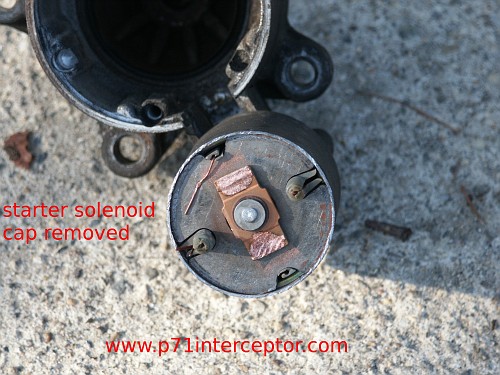


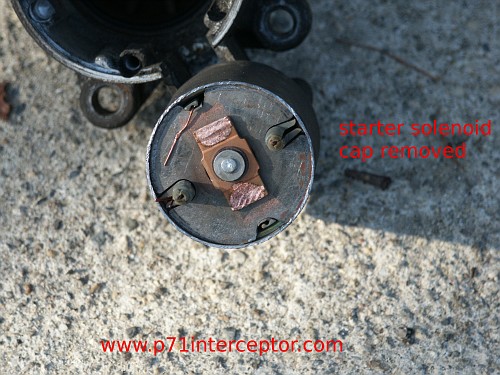
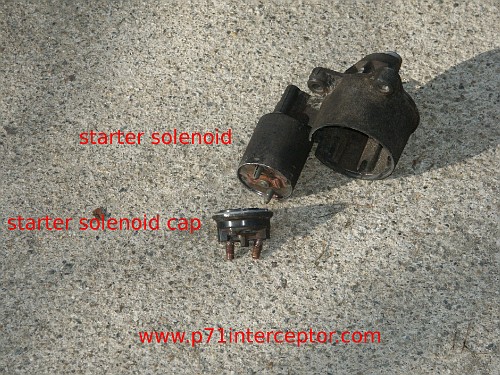
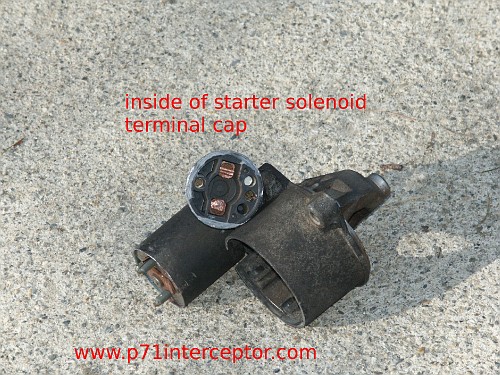
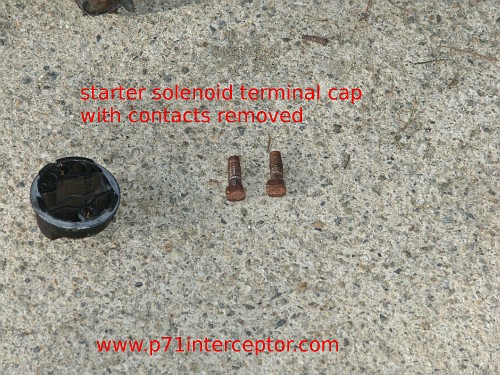
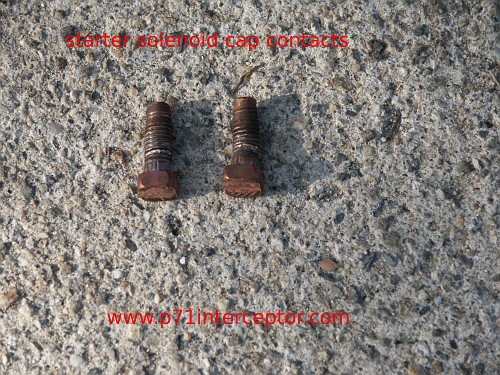
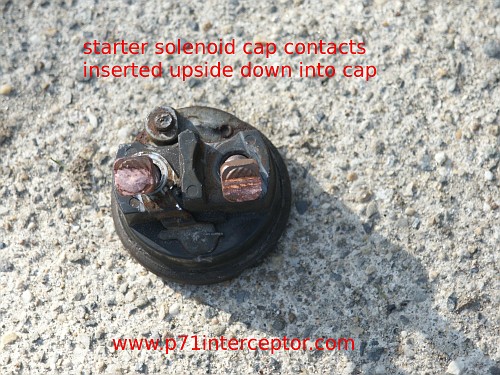
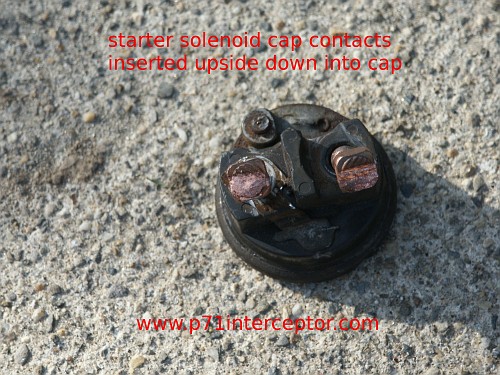
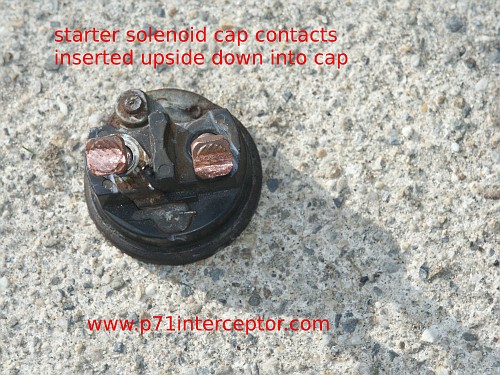


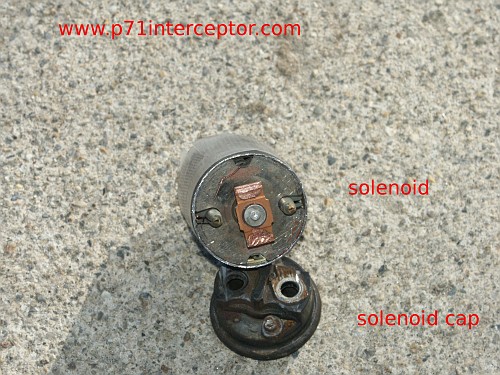

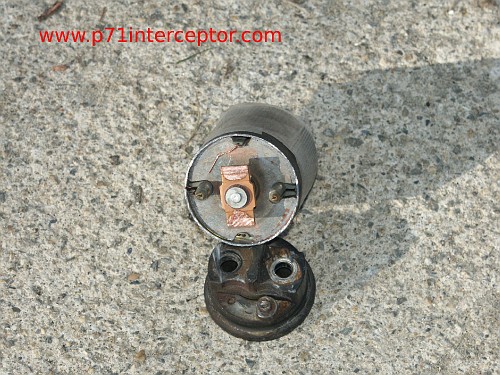


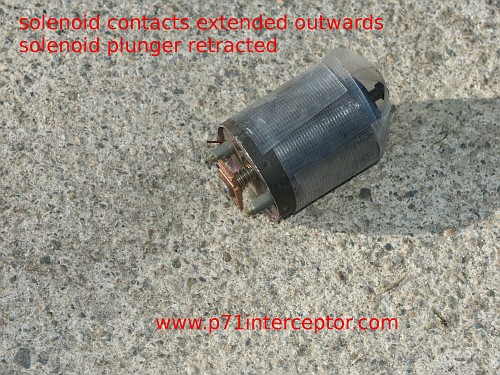
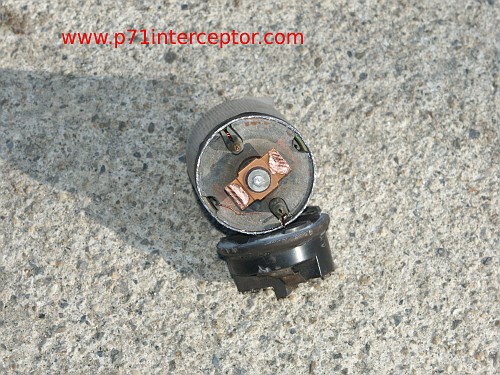
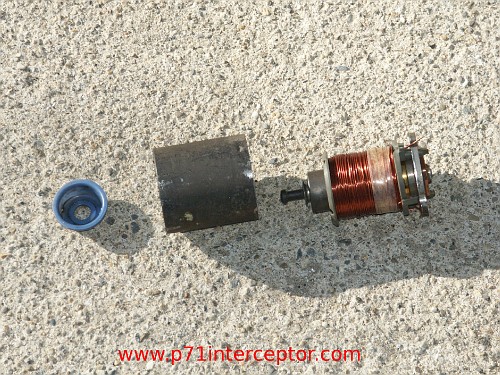
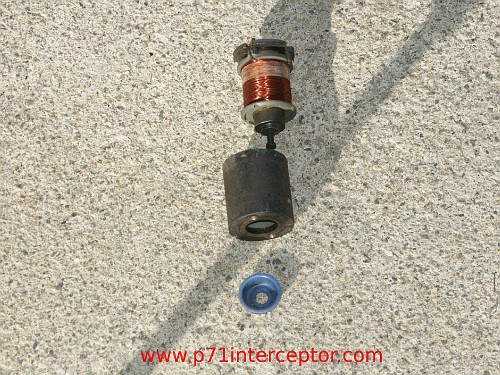

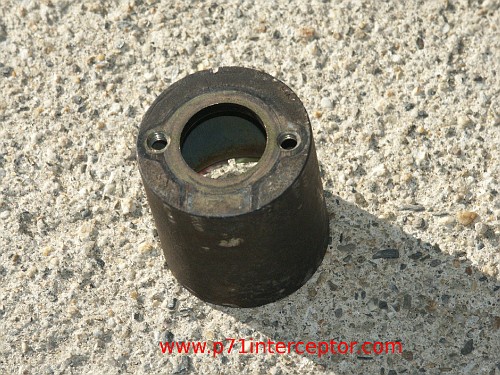
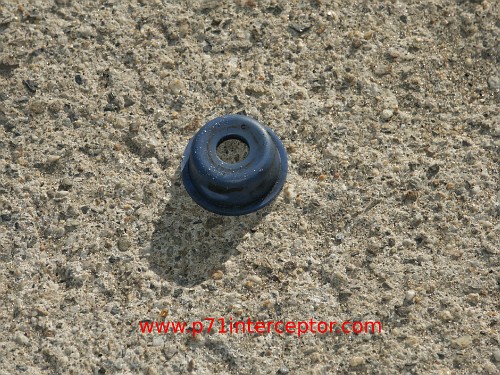
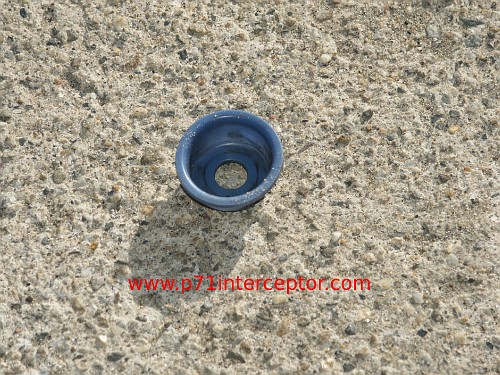
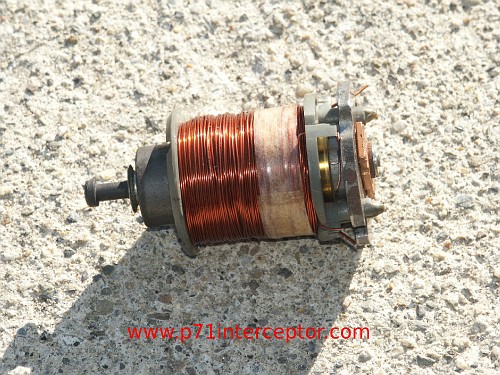

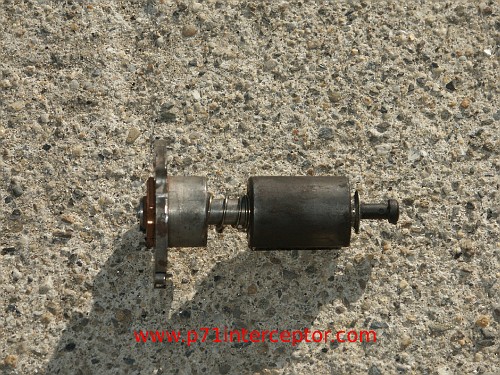
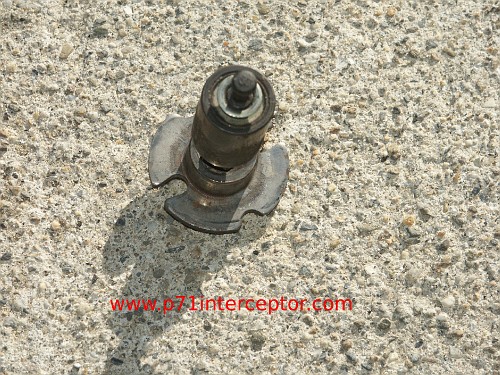
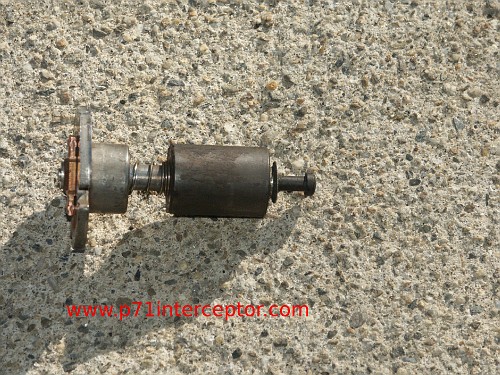
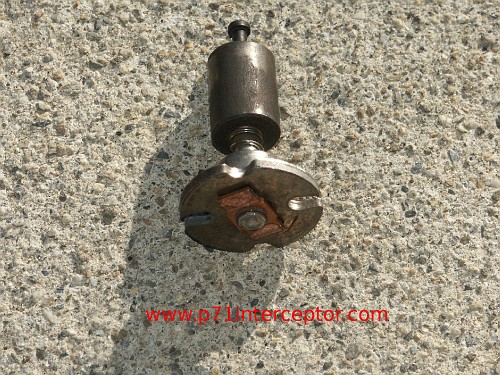

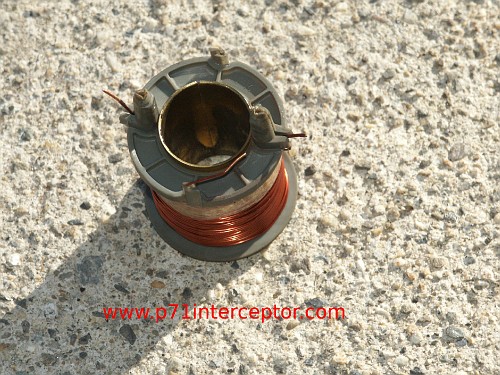
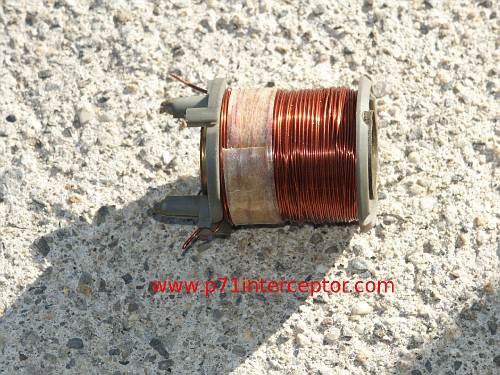
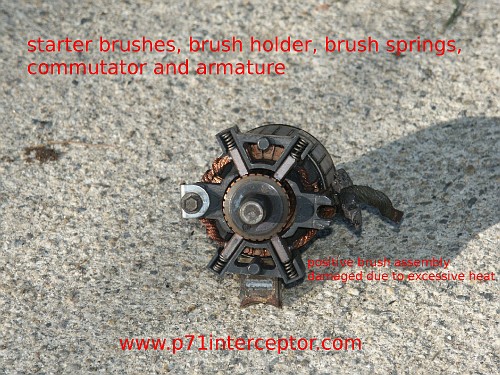
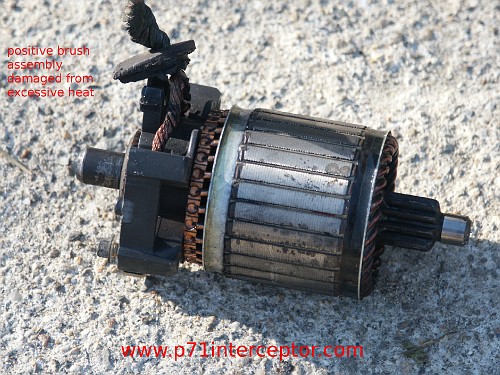


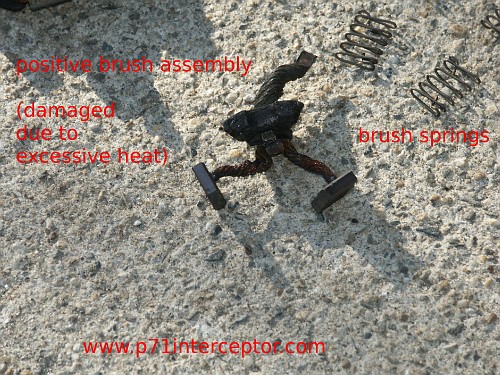
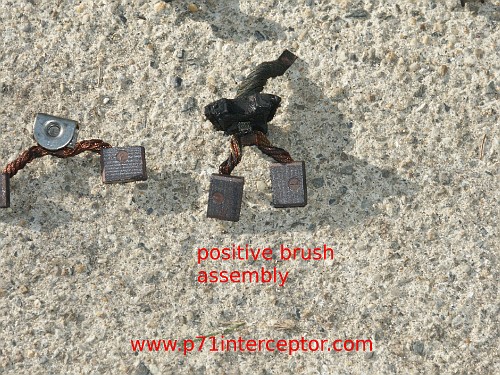
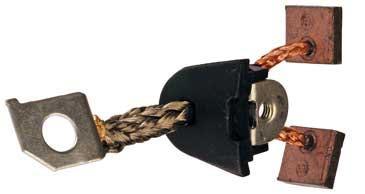
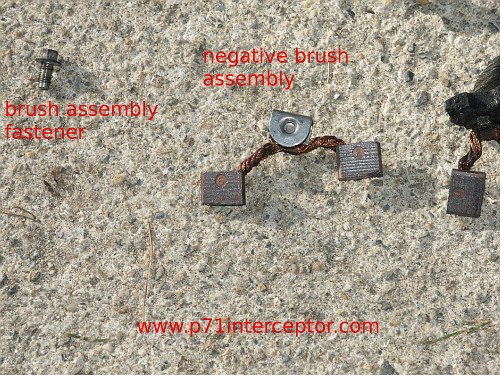
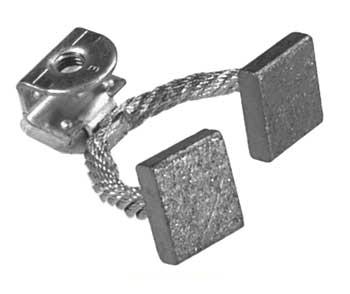

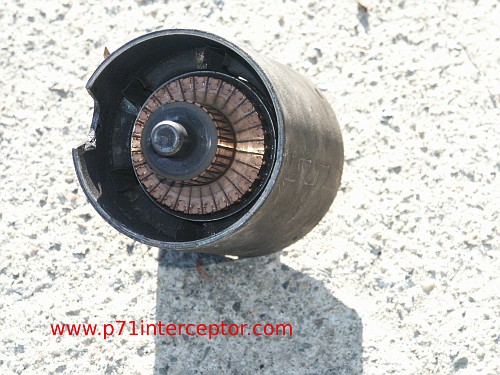
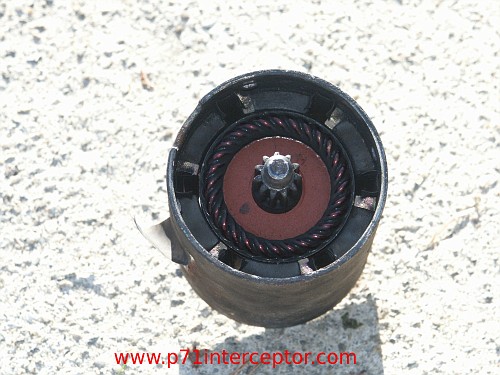


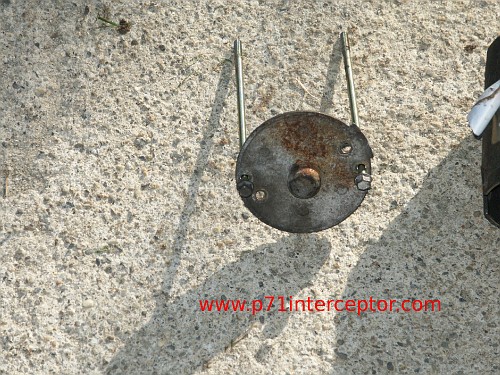
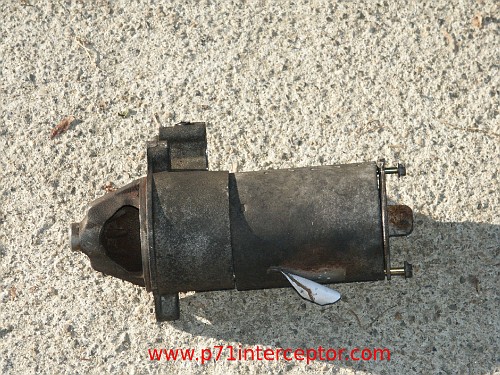
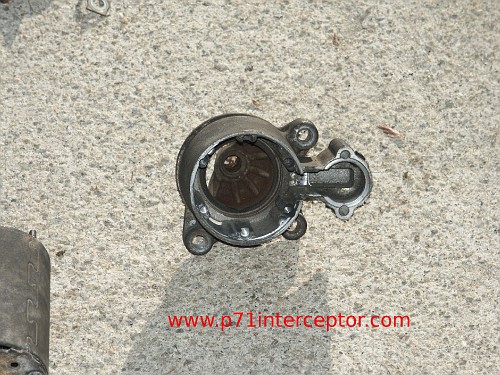


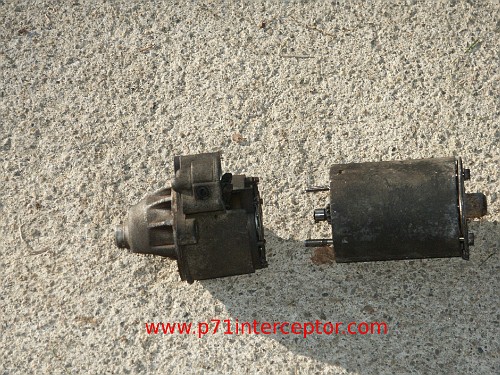
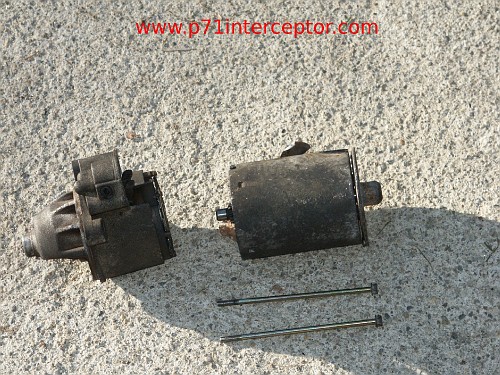
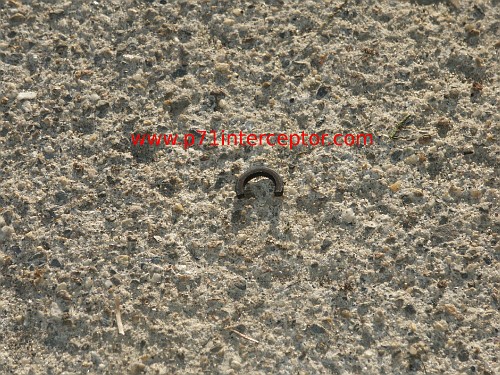
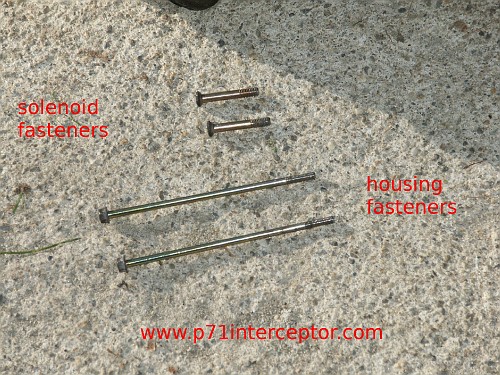
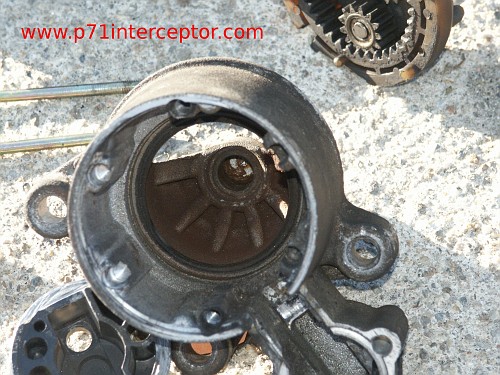



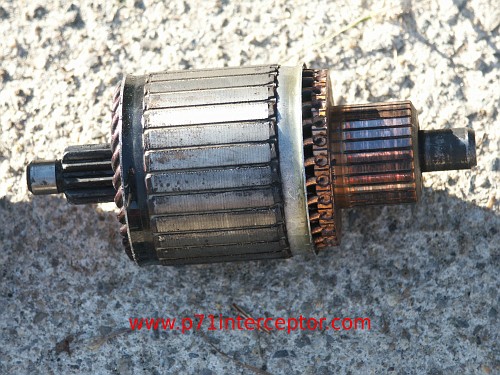
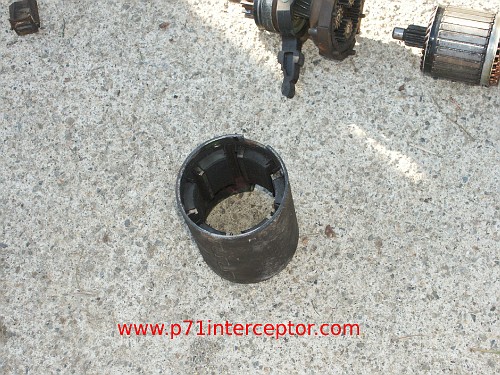
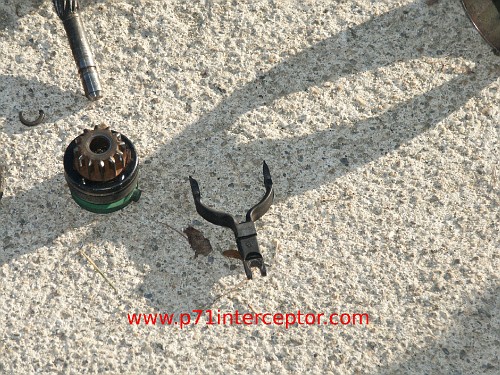

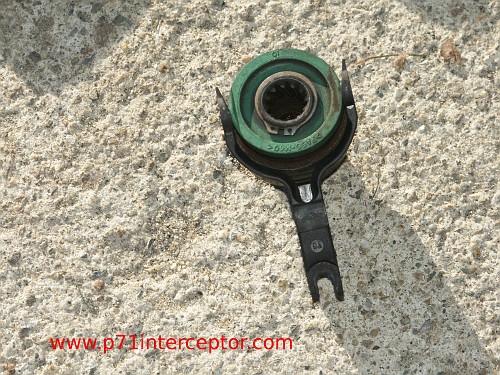
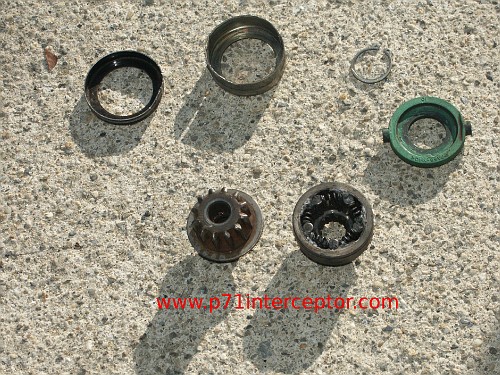

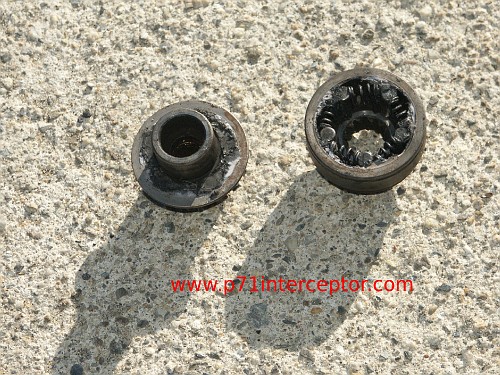

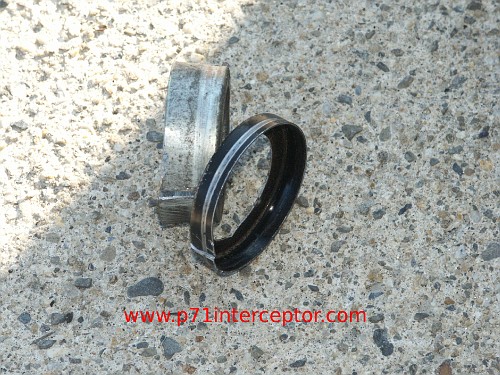
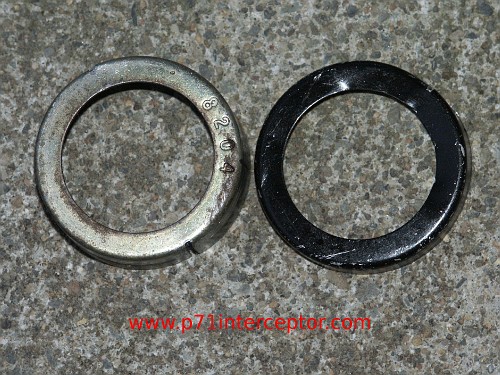
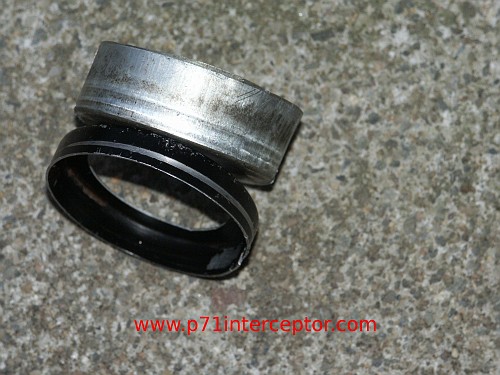
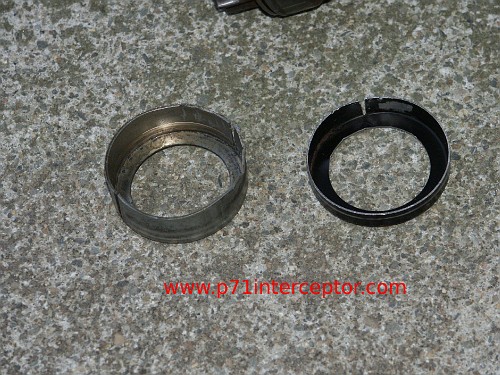
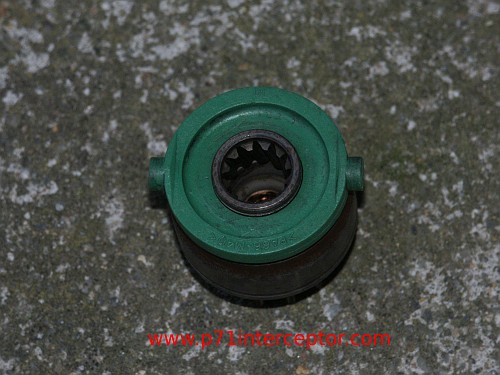
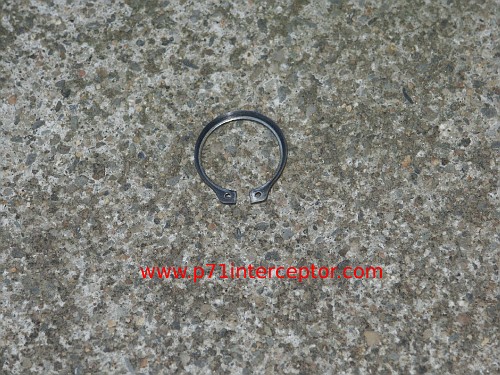
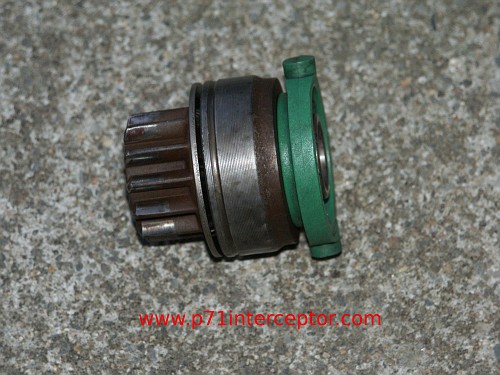
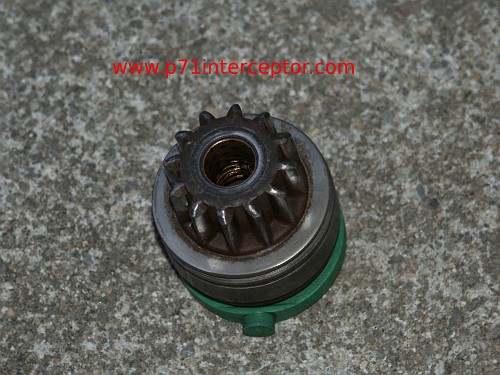
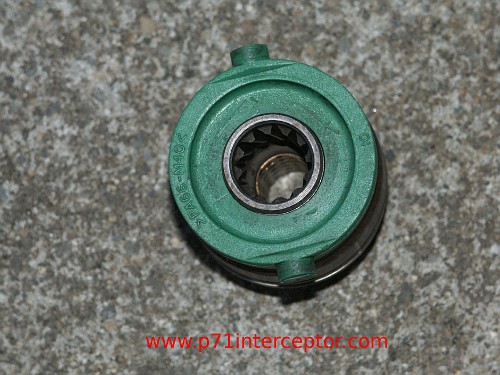
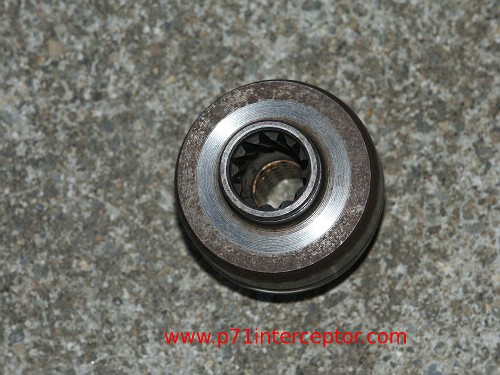
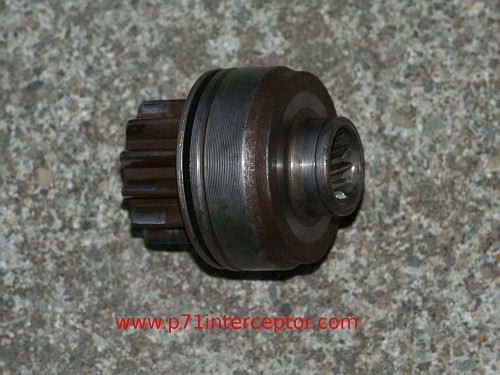
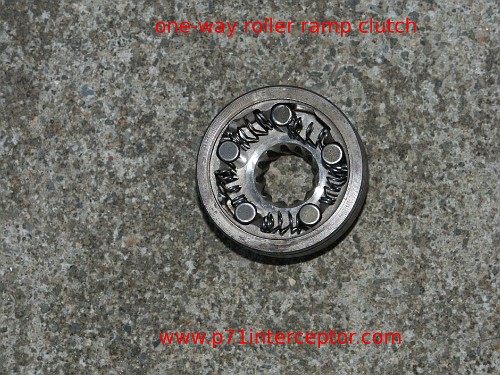
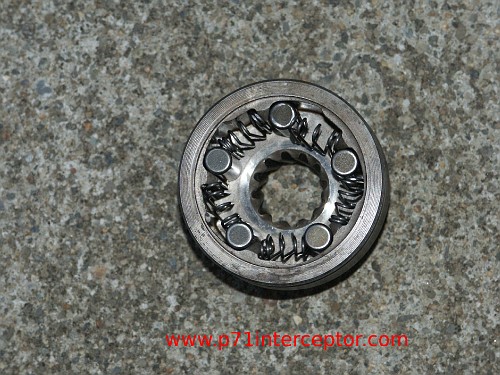
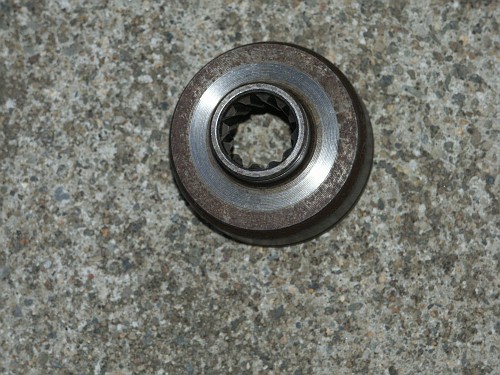
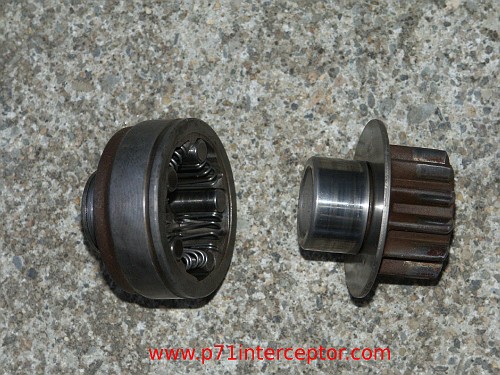


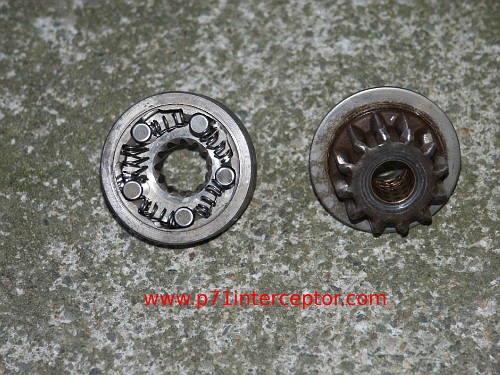
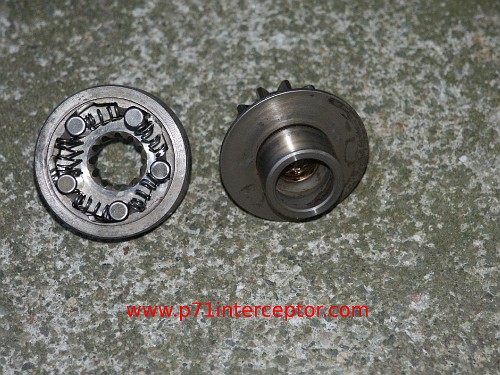
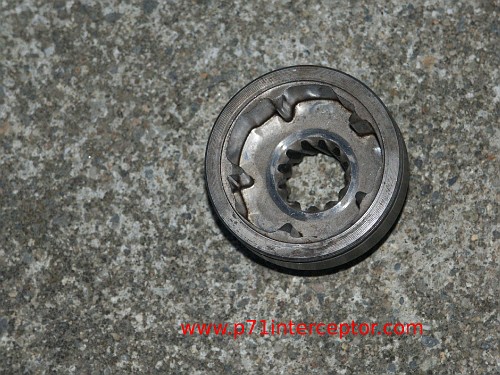
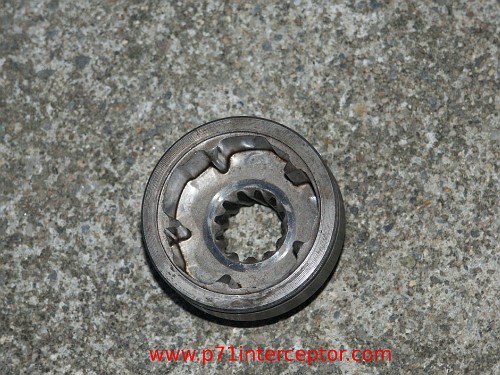
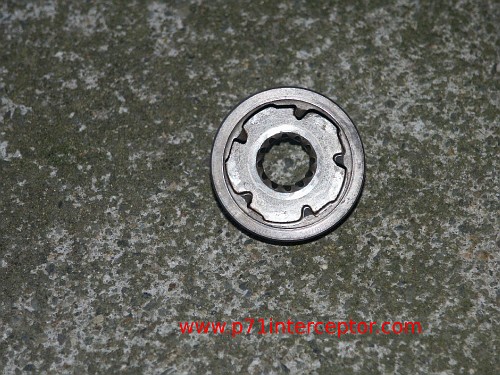
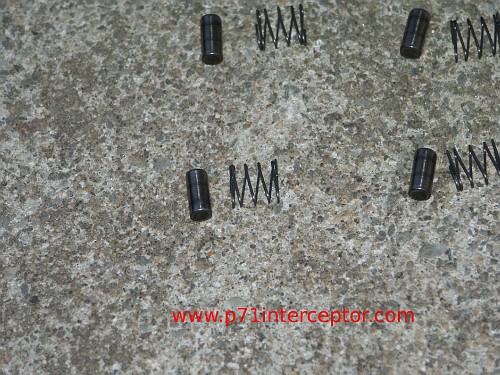
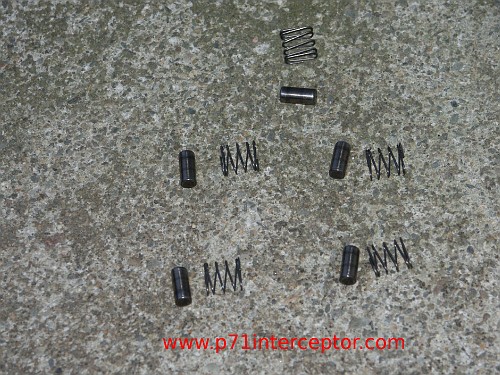
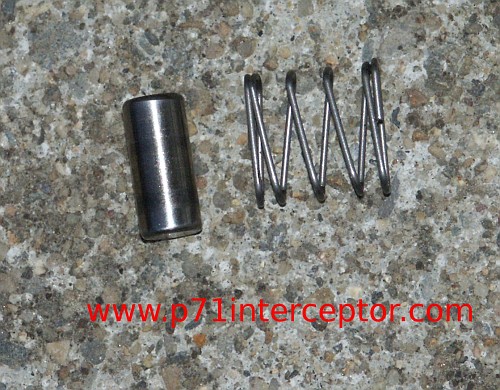
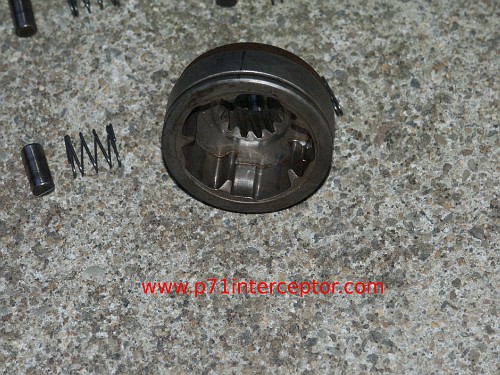
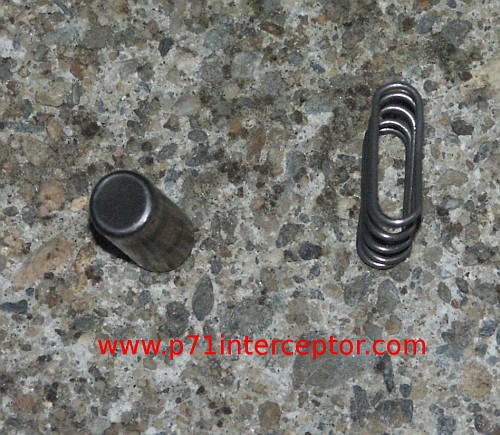

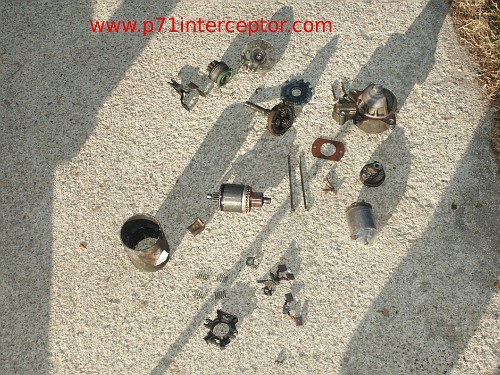

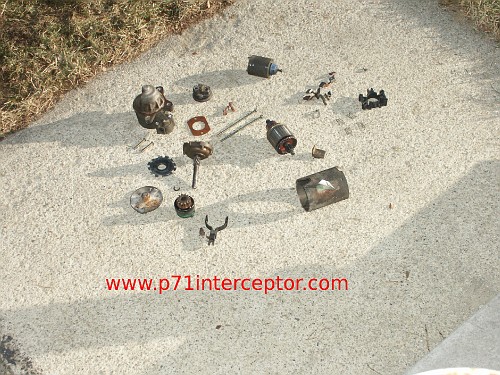
| Model |
From |
To |
Comments |
| Ford Crown Victoria |
1996 |
2005 |
|
| Mercury Grand Marquis |
1996 |
2005 |
|
| Lincoln Towncar |
1996 |
2005 |
|
| Mercury Marauder |
2003 |
2004 |
|
| Ford Mustang GT |
1997 |
2003 |
4.6L SOHC |
| Ford Mustang Cobra |
1997 |
2003 |
4.6L DOHC |
| Lincoln Mark VIII |
1997 |
1998 |
|
| Mercury Cougar |
1997 |
1997 |
4.6L |
| Ford Thunderbird |
1997 |
1997 |
4.6L: |
| Ford F150 Pickup Truck |
1997 |
1998 |
4.6L and 5.4L |
| Ford F250 Pickup Truck |
1997 |
1998 |
under 8500 GVW |
| Ford E150 Van |
1997 |
2001 |
4.6L and 5.4L |
| Ford E250 Van |
1997 |
1998 |
4.6L and 5.4L and 6.8L |
| Ford E350 Van |
1997 |
2008 |
5.4L and 6.8L |
| Ford E450 Van |
1997 |
2008 |
6.8L V10 |
| Ford E550 Van |
2003 |
2003 |
6.8L V10 |
| Ford Expedition |
1997 |
1998 |
|
| Lincoln Navigator |
1998 |
1998 |
| Model |
From |
To |
Comments |
| Ford Crown Victoria |
1992 |
1995 |
From 2/92 with AOD-E or 4R70W transmission not compatible with AOD transmission |
| Mercury Grand Marquis |
1992 |
1995 |
From 2/92 with AOD-E or 4R70W transmissions not compatible with AOD transmission |
| Lincoln Towncar |
1992 |
1995 |
From 2/92 with AOD-E or 4R70W transmissions not compatible with AOD transmission |
| Lincoln Mark VIII |
1993 |
1996 |
|
| Ford Mustang GT |
1996 |
1996 |
4.6L SOHC |
| Ford Mustang Cobra |
1996 |
1996 |
4.6L DOHC |
| Ford Thunderbird |
1994 |
1996 |
4.6L |
| Mercury Cougar |
1994 |
1996 |
4.6L |
| Ford F150 Pickup Truck |
1997 |
1997 |
4.6L |
| Ford F250 Pickup Truck |
1997 |
1997 |
4.6L |
| Model |
From |
To |
Comments |
|
| Ford Crown Victoria |
1992 |
1992 |
2-bolt starter To 2/92 with AOD transmission not compatible with AOD-E or 4R70W transmissions |
|
| Mercury Grand Marquis |
1992 |
1992 |
2-bolt starter To 2/92 with AOD transmission not compatible with AOD-E or 4R70W transmissions |
|
| Lincoln Towncar |
1991 |
1992 |
2-bolt starter To 2/92 with AOD transmission not compatible with AOD-E or 4R70W transmissions |